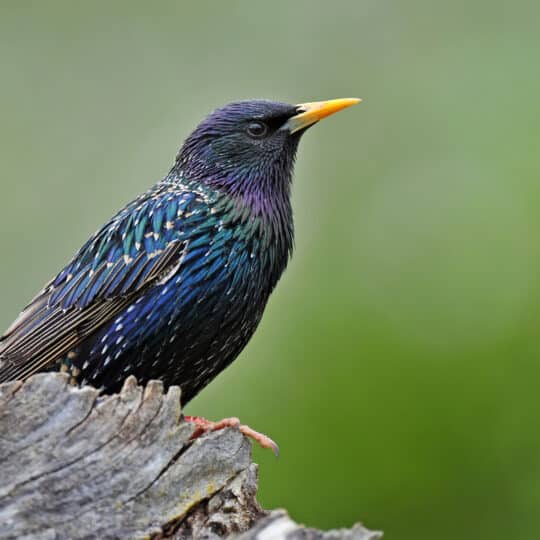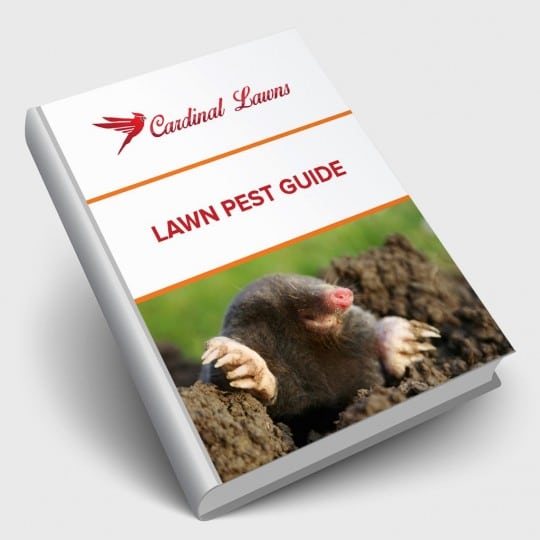How to Deter Starlings from Your Yard
Even if Murmurations are Mesmerizing
Posted
October 19, 2023

While the dazzling display created by a starling murmuration is a sight to behold, it’s also a mess to clean up if it’s over your yard. This time of year, thousands of birds gather for warmth, protection, and to roost in protected areas. If you live close to one of these areas, it could mean damage to your property, health concerns, and the displacement of other neighborhood birds. Learn how to help deter starlings from gathering near your home this time of year.
Starling Season
You may have noticed murmurations start in the spring. This is the time they’re nesting, but it also means they’re multiplying. By the autumn, more birds have joined their flock as they gather for warmth, predator protection, and searching for a safe place to roost. By the winter, the group may grow to thousands of gathering starlings. While their aerial display may look impressive, the damage they can do is not as welcome.
Like any social group, these birds love to chat. We can only guess they’re discussing the best place to nest, what predators are in the area, and where to find the most food. If your home is on their list, you should start thinking about making your yard less desirable. If not, prepare for a lawn full of noisy, pooping pests.
How to Deter Starlings
With a group as large as a starling flock can get, they typically gather in an area that can accommodate the size of their party. This includes large industrial parks, woodland areas, and wetland reeds. However, if you live near any of these areas and provide the necessary food, water, and shelter they’re looking for, they could move into your yard as well.
Look around your yard. Is there a bird feeder, bath, or berry-bearing plants? Are your gutters full of nesting materials like leaves and debris? Is there easy access to your attic through eaves or small openings? Have critters been known to feast from your trash cans? All of these factors could attract a group of starlings to your yard. Your best chance of preventing any pest infestation is to clear gutters, seal openings, secure trash cans, and regularly inspect your spaces for any early signs of infestation before it gets out of control.
The next level of bird control would be to restrict their nesting with specially designed netting and fencing for openings around your roof. When desperate, starlings may displace other residents of birdhouses and feeders. If it gets to this level, your next call should be to a pest control company.
Professional Help
Yes, the swooping and swirling of a starling murmuration may be mesmerizing, but imagine what kind of mess all those birds leave behind. Do you really want that over your yard? Not only do their droppings degrade surfaces and cause structural damage, but there’s also the potential health concerns when coming in contact with soiled surfaces. Even their nests attract mites that lead to additional pest problems.
If you’ve tried making your yard less desirable, added nesting nets, and are still having problems, contact Cardinal Lawns for professional pest control services. You can still marvel in their murmurations over an open field nearby, but you won’t have to deal with the consequences.

Download Your FREE Lawn Pest Guide
Pests become most prevalent during the heat and humidity of summer. Take some time to learn about the signs of infestations before any damage can be caused to your landscape. This handy guide will teach you how to spot common lawn pests and how to keep them from causing harm to you and your property.